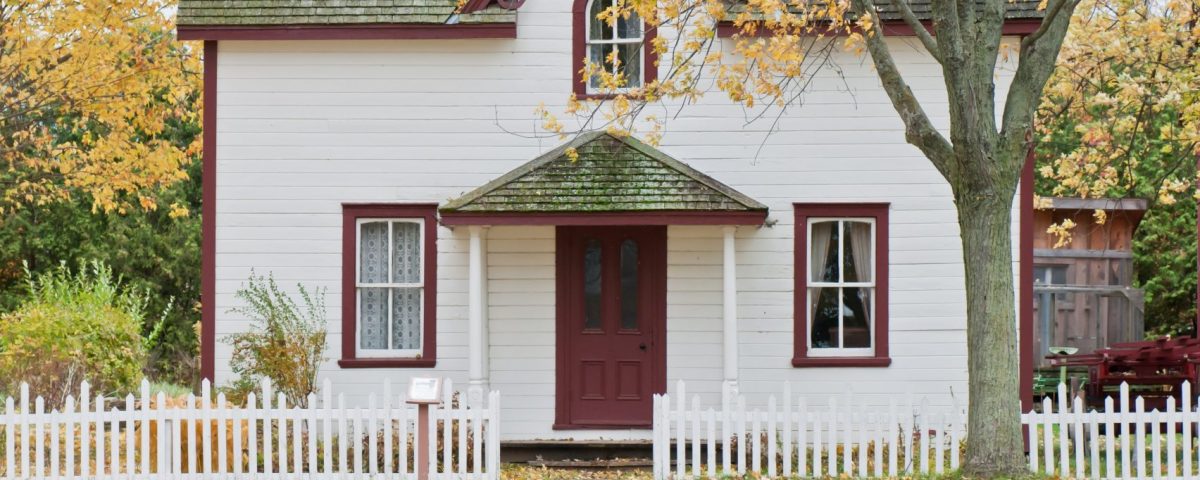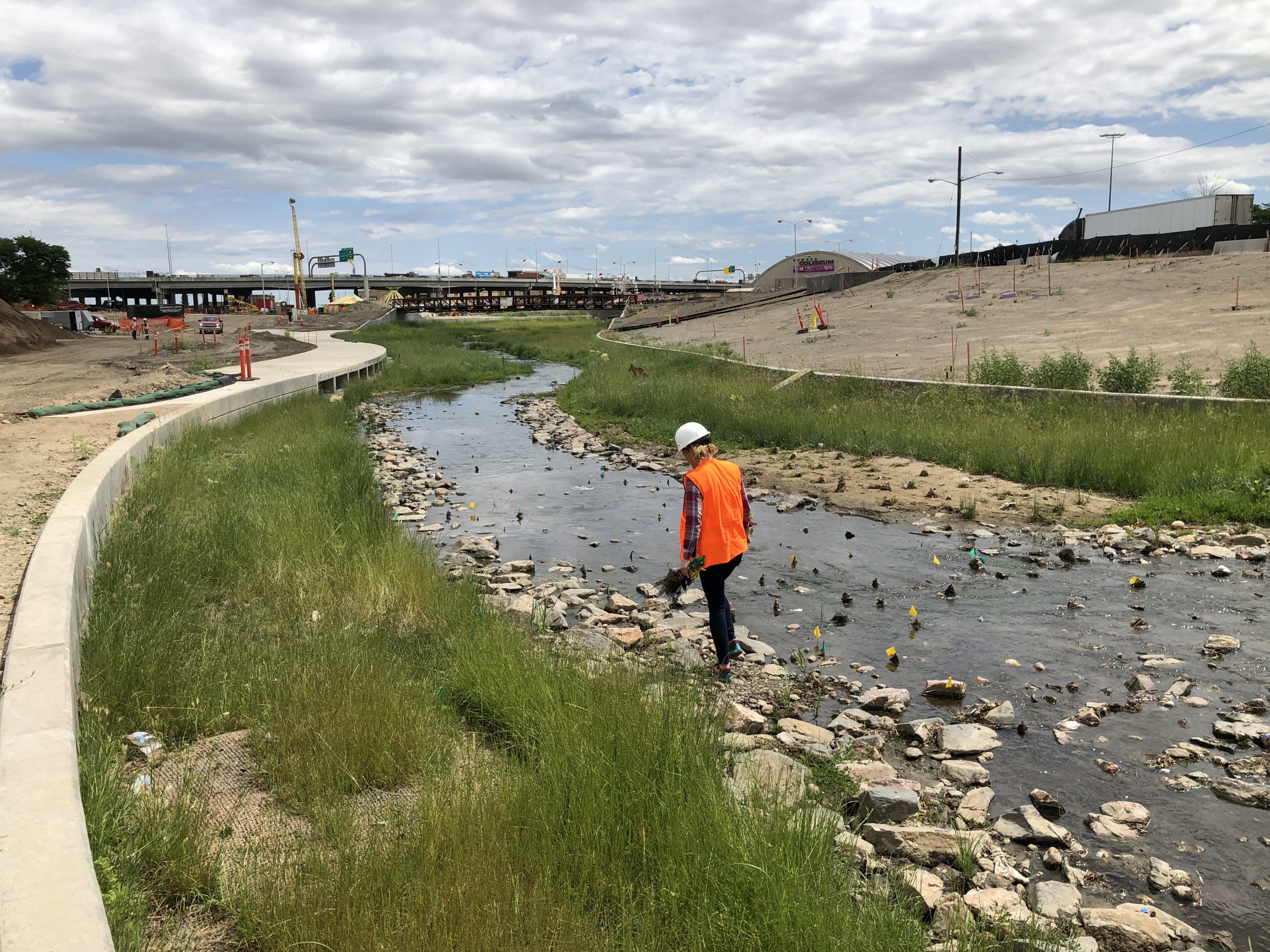
Globeville Landing Wins APWA Environmental Project of the Year Award
July 15, 2021
Featured Ecologist: Jonathan Appelbaum, MESM
July 27, 2021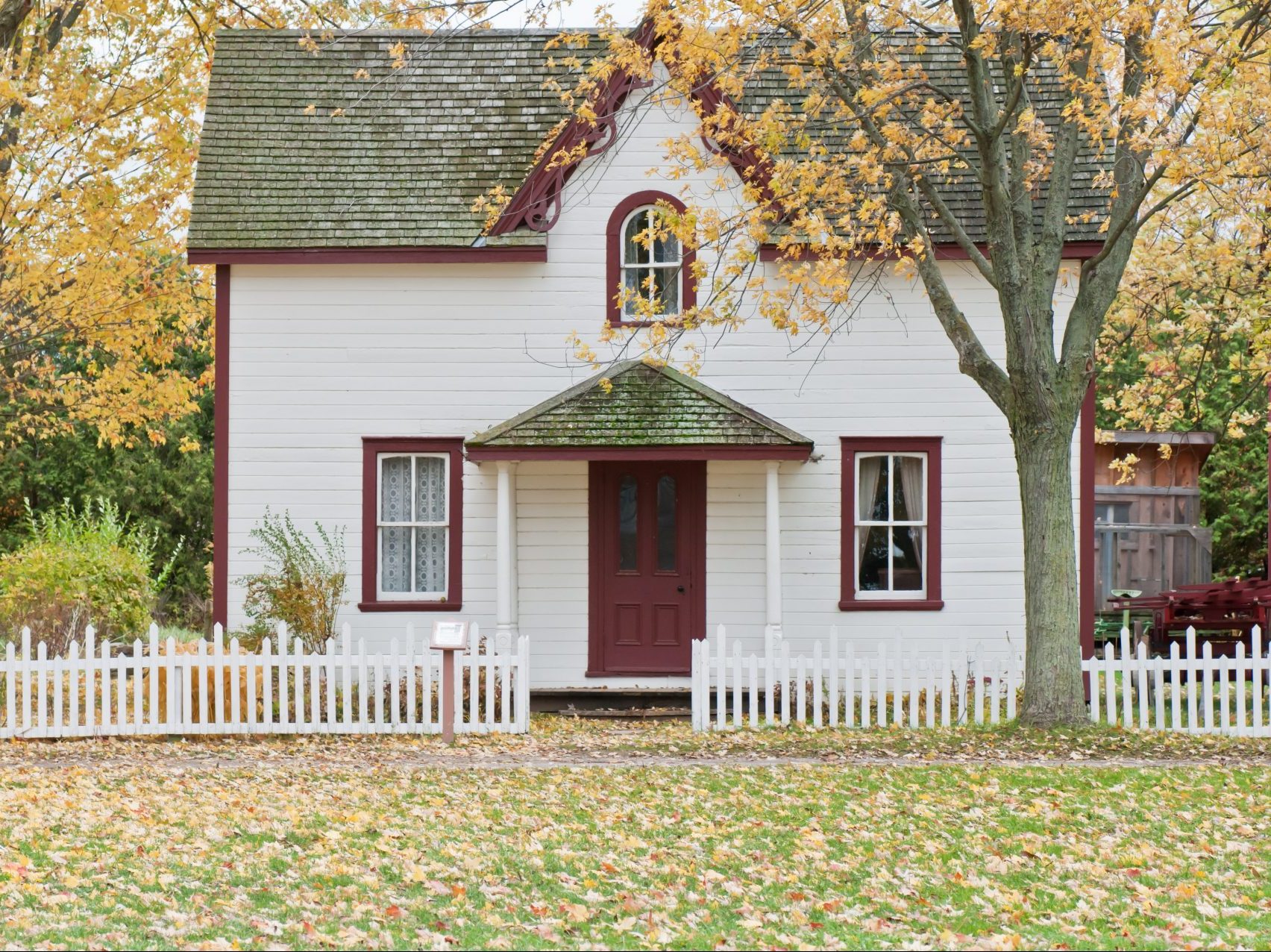
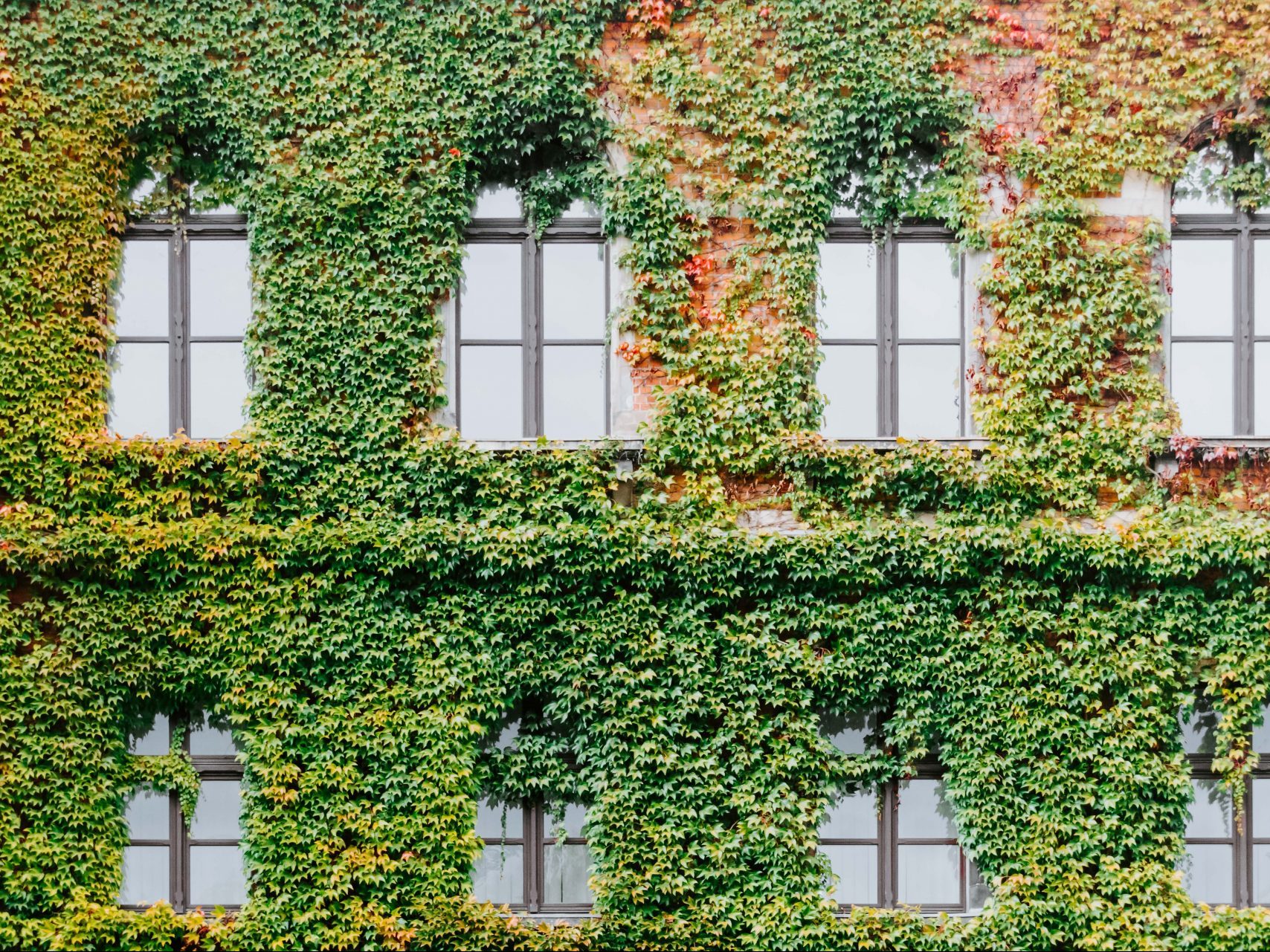
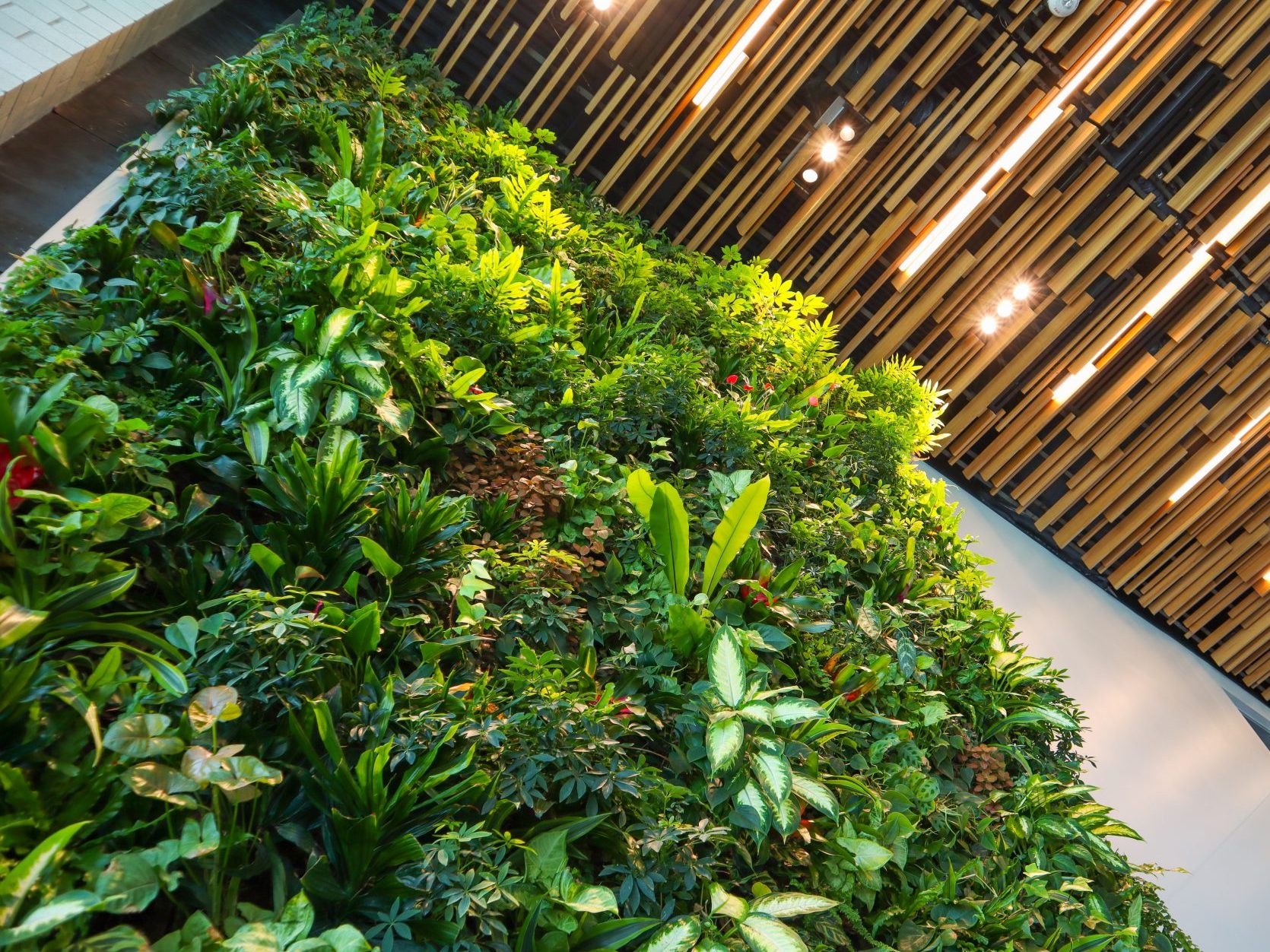
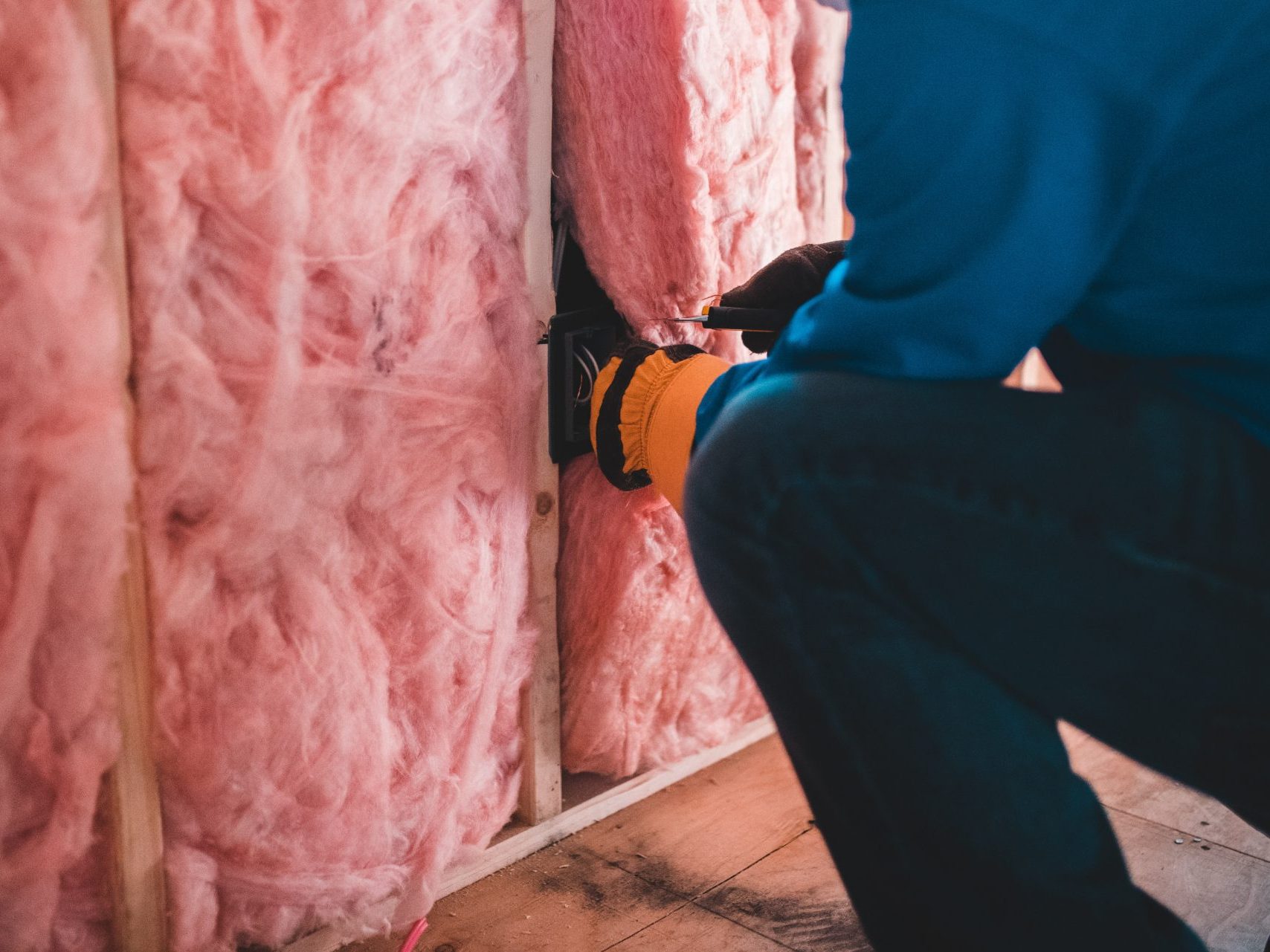
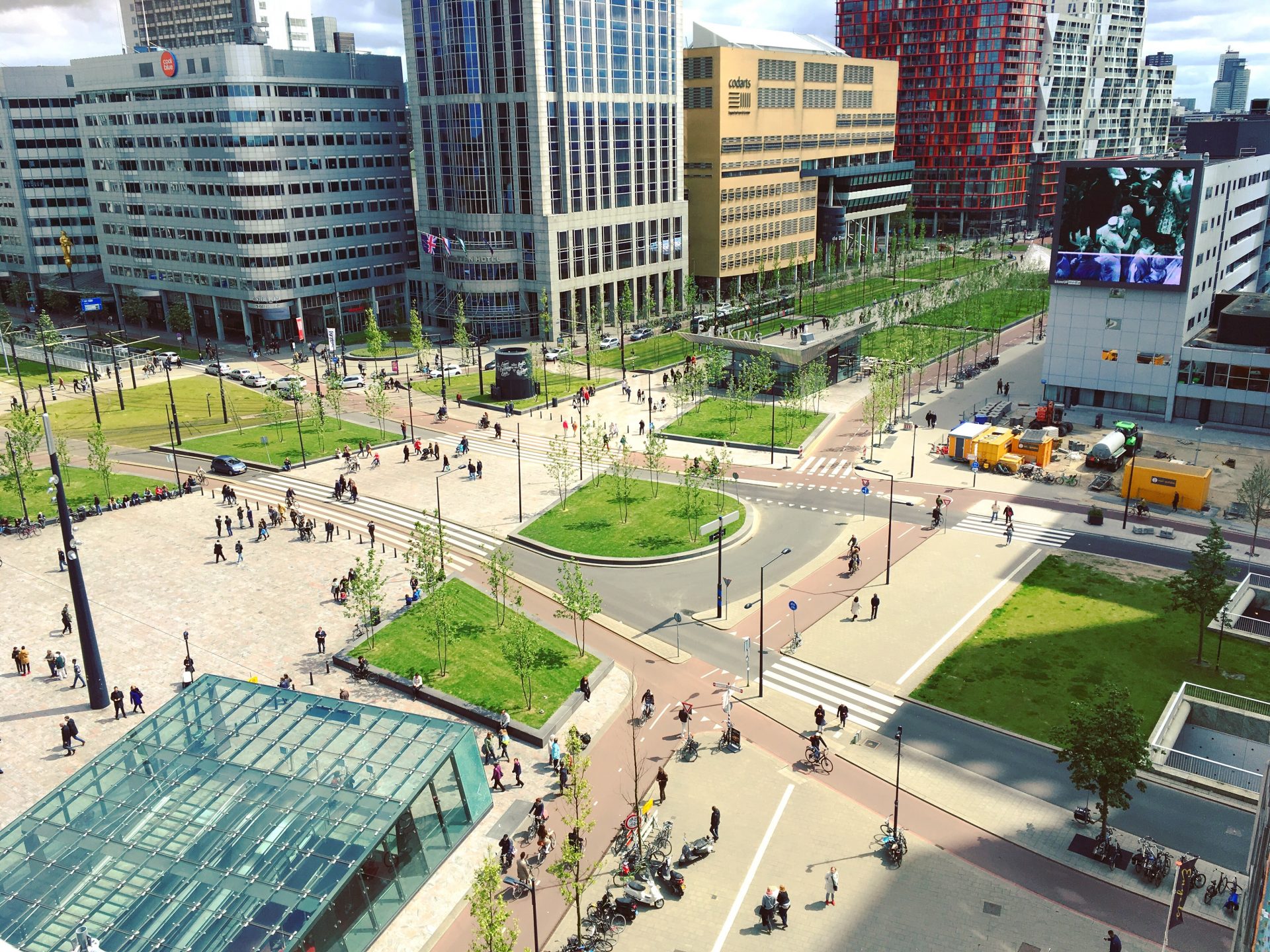
Stay Cool in Summer with Long-Range Thinking
Author: Liz Clift
We were recently asked by Redfin, a real estate group/website, to contribute an "ecologically-focused" tip for staying cool in your home this summer as part of their blog "14 Eco-Friendly Ways to Keep Your House Cool this Summer."
And while there are plenty of great tips for staying cool at home on a hot day—ranging from using blackout curtains over the windows (especially south-facing windows) or putting foil in the windows to opening your windows during the cooler times of day (usually at night) and shutting them when it’s hotter outside than inside—we wanted to think about more long-term solutions for keeping cool(er) and helping your neighbors stay cooler too.
Here are some tips that can help reduce heat on hot days—but some are longer-term solutions. After all, we’re thinking with long-term sustainability and regional resilience in mind.
1) Plant a tree (this fall or next spring). As trees grow, they naturally cool the air around them. If you plant a native tree, it’s likely already adapted for where you live, which means it will likely survive better over the long term compared to a nonnative tree (or at the very least one which is not adapted to the type of climate your area typically has). Some cities and nonprofits even provide free trees to residents. Trees also help counter the urban heat island effect.
2) Plant a native or edible vine! This is a faster solution than planting a tree and may feel more accessible to people who live in apartments or other shared spaces. Vines can be planted in the ground or in pots—and can be trained to climb just about anything—and their leaves can provide shading. Perhaps you want to get a late start on some green beans or hops—or maybe you have a native honeysuckle you’d like to introduce to your yard, which also creates valuable habitat. Just be sure to avoid invasive vines (such as English ivy), which can quickly spread outside of its native ecosystem.
3) Add other vegetation. As you have probably gathered from items 1 and 2, adding greenery can help keep your home cooler. This might come in the form of transitioning from rock mulch to wood mulch, replacing your cracked concrete driveway with permeable planted pavers, or creating a patio garden, among other options.
4) Improve your windows. I used to rent a house that had single pane windows. They let in cold all winter and heat all summer—and cracked if the temperatures fluctuated too much. It was a good time. More energy-efficient windows—if you can get them installed, either because you own your home or your landlord agrees to it—can reduce how much heat exchange your home has with outside your home—and can reduce your energy bill as well. Barring that—because of the expense or because no one will approve your request, keeping your blinds drawn during the heat of the day is a reasonable and immediate solution.
5) Install a living wall. Living walls can be installed inside or out. Like green roofs and solar panels, living walls can help block solar radiation and help reduce the amount of heat that enters your home. As with other solutions that include living plants, as plants transpire, the area around them is cooler.
6) Install a green corridor on your property. Okay, so this one is pretty particular. If you know you’ll be in the same place for a while, you know the direction winds generally come from during the warmest months of the year, and you’re looking to add landscaping, you can plant strategically to direct wind toward your windows (that, of course, you’ll have open during the coolest parts of the day).
7) Add a water feature. This one really depends on where you live—and we know there are large swathes of the country where this would not be a feasible or sustainable option. However, a moving/pumped water feature in your backyard can offer cooling benefits while also creating habitat. Depending on how you design it—and where you live—you might get animals visiting it for a drink, to cool off, or even to “wash” their food.
8) Improve the insulation of your home. Depending on how old your home is (and whether or not you’re in an apartment), your insulation may leave something to be desired. If you have the ability to increase the insulation in your attic and outside walls, this can help reduce the amount of solar heat that intrudes upon your space (and will keep you warmer in the winter).
9) Install solar panels on your roof, which can reduce the amount of solar energy that hits your roof. As a bonus—especially if you live in a part of the country where most of the energy used to cool your home comes from nonrenewable sources—you might reduce your reliance on those sources, which helps reduce the overall production of greenhouse gases (even if it’s just a drop in the bucket). While this is an expensive solution—and so may not be feasible to everyone—it can provide multiple benefits to you.
10) Make your roof a green roof. Okay, so an immediate caveat to this. It will not be a good solution for everyone. You should absolutely consult an expert in green roofing if you’re hoping to put one on your house. With that out of the way, green roofing can help reduce the solar energy that is absorbed into your house, improve air quality, provide habitat, and reduce energy use. If this doesn’t make sense for your home maybe it makes sense for your business, a local bus stop, or some other space where you have decision making power—or can influence those who do.
11) Support ecological restoration efforts near you. This might include helping pull invasive species at a local park or on a conservation easement property, volunteer plantings along stream corridors or in flood- or fire-damaged areas, offering support toward brownfield to greenfield conversions of former industrial sites (such as at community meetings), backing efforts to reconnect riparian areas to floodplains, and more. Ecological restoration can help restore balance to your local ecosystem, increase regional resilience, create new or expanded public natural areas, and help stabilize temperatures near that area.
12) Lobby your city council for more outdoor public spaces and/or increased canopy cover. Greater natural space in neighborhoods—as well as more trees—can help reduce the urban heat island effect, improve air quality, reduce flooding, and can provide a relatively cooler place to hang out when temperatures spike, especially if those public areas provide shade (natural or engineered). Planting native species in these outdoor areas can help ensure that your city is also engaging in sustainable and responsible water use.
13) Lobby your city and state decision makers for improved public transit and transportation infrastructure options. No one wants to get in a hot car on a hot day—and most cars on the road are still operating with internal combustion engines, which add a sizeable amount of greenhouse gasses to the atmosphere. Improved public transit (i.e., buses that take you to trailheads or other nearby cities, buses schedules which reduce “bunching,” light rail lines, etc.) and transportation infrastructure (i.e., ADA compliant trails, designated bike lanes, regional trails, pedestrian malls that stretch across major urban corridors) can reduce the number of cars on the road, which is key to curbing increasing temperatures. Bonus, fewer cars on the road mean fewer pollutants enter your local waterways.
14) Lobby your city to join one of the cool cities initiatives. The Cool Cities Alliance and Cool Cities Network are working to create cooler, healthier cities by mitigation urban heat islands through a variety of means. If your city is already participating, find out if there are ways you can support their initiatives and help raise awareness (and support) within your city.
15) Consider natural building products. If you’re in the place to do a major remodel of your home or business, you might consider using natural plasters or strawbale for insulation or a natural finish. Depending on what you’re using—say hempcrete or strawbale, for instance—you can create an insulating layer that combines insulation and thermal mass and use fast growing, renewable agricultural products.

